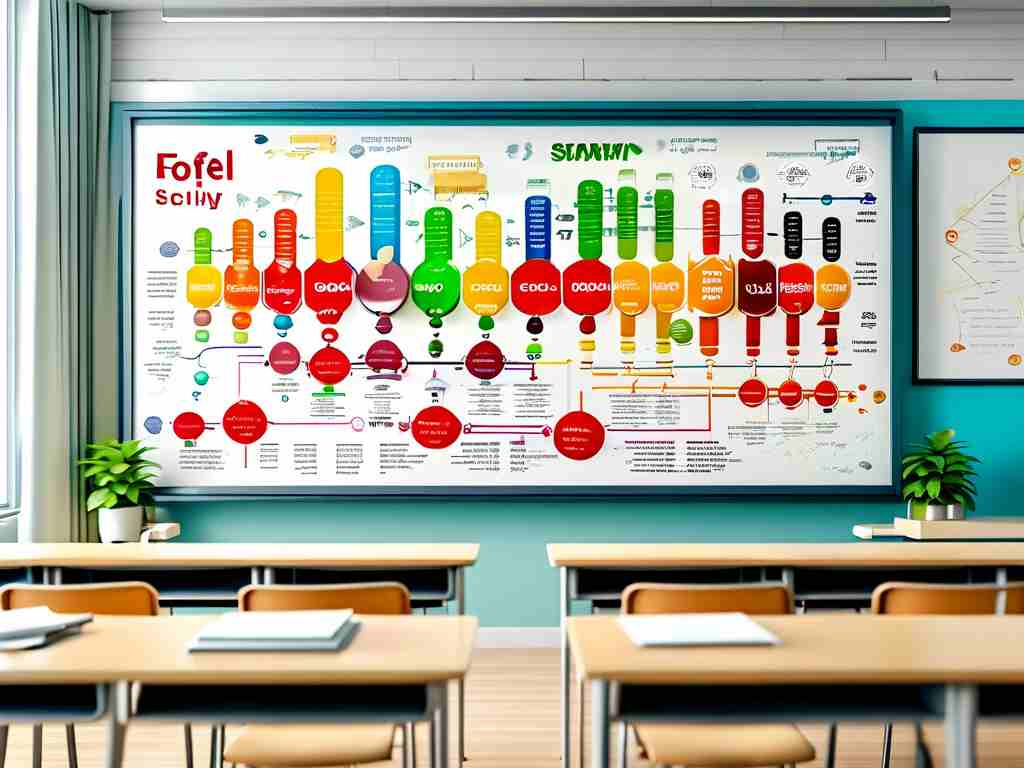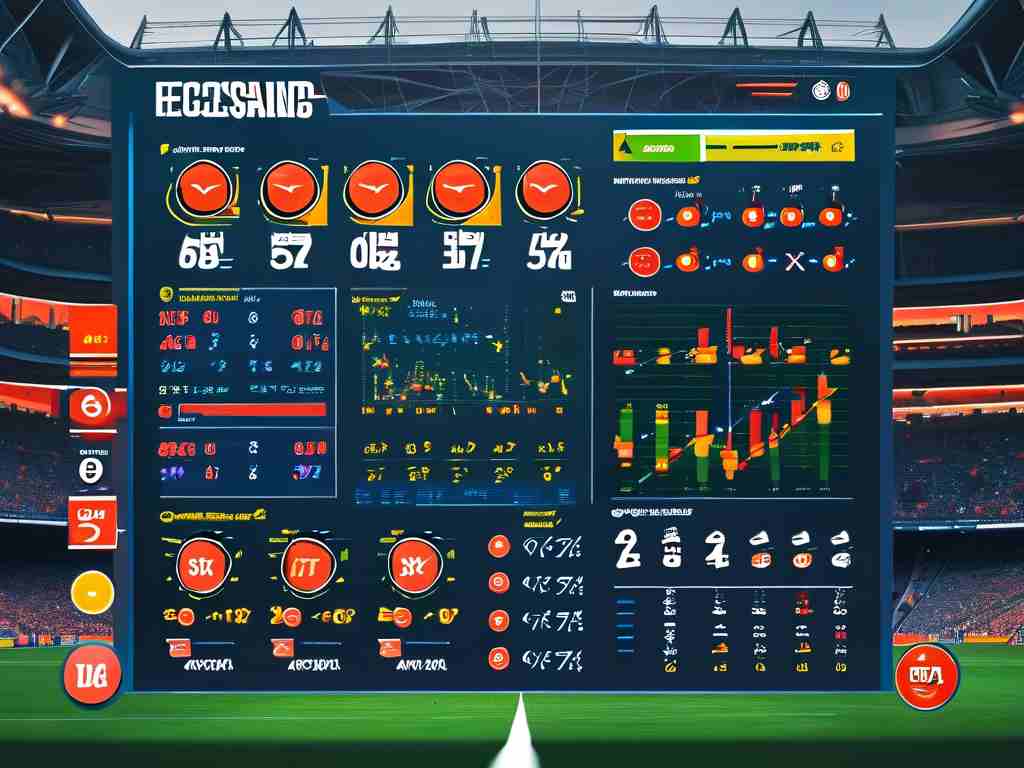In the realm of computer science, understanding foundational algorithms is critical for solving complex problems efficiently. Among the vast array of techniques, five algorithms stand out as indispensable tools for working with data structures. These methods not only form the backbone of computational logic but also drive innovations in software development, machine learning, and system design.
1. Sorting Algorithms: Organizing Data Efficiently
Sorting algorithms like QuickSort and MergeSort remain pivotal for arranging data in specific orders. QuickSort’s "divide and conquer" approach partitions datasets around a pivot element, achieving an average time complexity of O(n log n). MergeSort, on the other hand, splits data into smaller subarrays, sorts them recursively, and merges the results. These algorithms power database indexing and search engine optimizations, where rapid data retrieval is essential.
2. Search Algorithms: Locating Information
Binary Search exemplifies efficiency in sorted datasets, operating with O(log n) time complexity by repeatedly halving the search interval. Hash-based searching, leveraging hash tables, enables near-constant time lookups. These methods underpin functionalities in e-commerce platforms and real-time navigation systems, where instant data access impacts user experience.
3. Dynamic Programming: Optimizing Subproblems
Dynamic Programming (DP) breaks problems into overlapping subproblems, storing intermediate results to avoid redundant calculations. The Knapsack Problem and Fibonacci sequence optimization are classic examples. DP shines in resource allocation scenarios, such as budget planning or inventory management, where iterative decision-making yields optimal outcomes.

4. Greedy Algorithms: Immediate Optimal Choices
Greedy algorithms prioritize locally optimal decisions at each step, aiming for a global solution. The Huffman Coding algorithm for data compression and Dijkstra’s Algorithm for shortest-path calculations rely on this strategy. While not always perfect, greedy approaches excel in real-time scheduling and network routing due to their computational simplicity.
5. Graph Algorithms: Navigating Relationships
Graph traversal techniques like Breadth-First Search (BFS) and Depth-First Search (DFS) unravel connections in social networks or web crawling. More advanced algorithms, such as Kruskal’s Algorithm for minimum spanning trees, optimize infrastructure design and logistics. These methods are vital for modeling interconnected systems, from recommendation engines to transportation networks.

Practical Applications and Trade-offs
Each algorithm has trade-offs. For instance, while MergeSort guarantees O(n log n) performance, its space complexity may be prohibitive for memory-constrained environments. Similarly, greedy algorithms sacrifice global accuracy for speed, making them unsuitable for problems requiring exhaustive exploration. Developers must weigh factors like dataset size, hardware limitations, and real-time requirements when choosing an approach.
Mastering these five algorithms equips developers to tackle diverse challenges across industries. From sorting massive datasets to optimizing network paths, their applications are limitless. Continuous learning and adaptation—such as integrating machine learning with traditional algorithms—will further enhance their utility in an evolving technological landscape.







